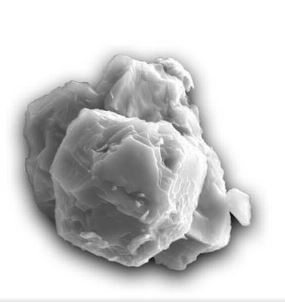Important Facts For Prelims
Oldest Material on Earth
- 15 Jan 2020
- 2 min read
Why in News
Recently, scientists have found 4.6 to 7-billion-year-old presolar grains of Silicon Carbide (SiC) in the Murchison meteorite which fell in Australia in 1969.
Key Points
- The presolar grains of Silicon Carbide is the oldest solid materials ever found.
- These grains are formed before the solar system's formation and thus termed as “presolar grains”.
- The presolar grains are very rare, found only in about 5% of meteorites that have fallen to Earth.
- It may reveal the phenomenon of formation of stars in the Milky Way Galaxy. As the presence of Silicon Carbide in the meteorite are samples of stardust.
- It also provides clues about the rate of star formation in the Milky Way galaxy.
Stardusts
- Stardust is formed by the material ejected from stars and carried by stellar winds, getting blown into interstellar space.
- The stellar wind is a flow of gas ejected from the upper atmosphere of a star.
- Interstellar space is defined as that which lies beyond a magnetic region that extends about 122 Astronomical Unit (AU) from the sun.
- During the solar system's birth, this dust was incorporated into everything that formed including the planets and the sun but survived intact until now only in asteroids and comets.
Silicon Carbide (SiC)
- Silicon carbide also known as Carborundum is a compound of silicon and carbon.
- Silicon carbide is a semiconductor material and is an emerging material for applications in semiconductor devices.
- It is one of the most important industrial ceramic materials.
- It is widely used as an abrasive and steel additive and structural ceramic.






